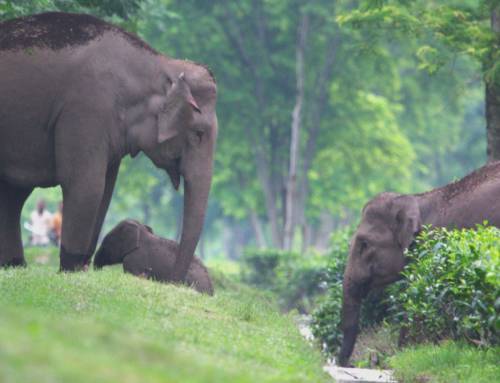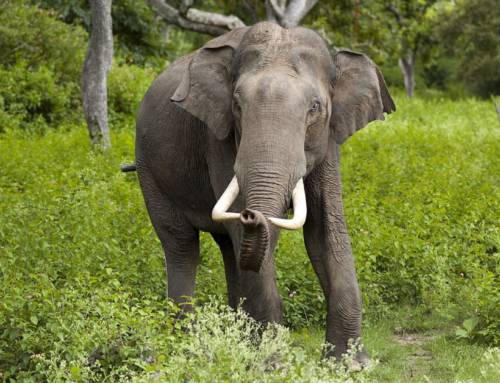Author: Krithika Sampath
Key highlights:
- Connectivity between fragmented habitats plays an important role in the survival of wildlife. Yet, there is considerable uncertainty on how to quantify connectivity and measure its effects.
- Authors from the University of Florida and the Centre for Wildlife Studies reviewed 370 peer reviewed articles on landscape connectivity and ecology published between 2005- 2010.
- They found that 33% of the articles focused on structural connectivity, or the presence of pathways between habitat patches. Over time, more research focused on functional connectivity that evaluated the movement of wildlife between habitats.
- While the effects of connectivity were not researched extensively during the study period, the authors found that papers largely reported positive effects of connectivity on biodiversity. They highlighted the need for research on isolating the impacts of connectivity from other factors affecting movement.
- Improving the current research on connectivity can contribute to strengthening conservation strategies in human- modified landscapes.
Globally, human activities have contributed to changes in wildlife habitats. Changes in land use and infrastructure development have resulted in fragmented habitat patches, leading to isolated populations of wildlife. Connectivity between such fragmented patches plays a huge role in facilitating movement of animals to prevent inbreeding and the spread of disease. However, quantifying connectivity and its effects on biodiversity face several challenges. In 2016, scientists from the University of Florida and the Centre for Wildlife Studies conducted a study that examined the effects of connectivity on biodiversity.
The authors reviewed 370 peer reviewed articles published between 2005- 2015 that provided insights on landscape connectivity and ecology based on field observations. They found that 33% of the articles focused on structural connectivity, or the presence of pathways between habitat patches. Very few studies attempted to understand realized connectivity, or the actual usage of corridors by animals to move between fragments.
While advances in Geographic Information Systems (GIS) and computing power allowed for simulating potential movement between patches, the inferences were found to be based on several assumptions about animal behaviour. Such an approach could limit our understanding of the effects of connectivity, as it would not be possible to validate such predictions. While the effects of connectivity were not researched extensively during the study period, the authors found that papers largely reported positive effects of connectivity on biodiversity. However, several papers also highlighted that the effects of connectivity may be smaller compared to other factors such as habitat quality.
Several factors play into how animals choose habitats and move between them, including connectivity, habitat quality and availability of resources for survival and reproduction. The authors highlight the uncertainty surrounding our understanding of connectivity, and the need for incorporating this into future research methods. They suggest that measuring connectivity needs to include actual evidence of movement through the use of mark- recapture methods and genetic evidence of movement. Isolating the effects of connectivity on ecosystem processes at different spatial and temporal scales would further contribute to effective conservation strategies.
Original article: Fletcher, R.J., Burrell, N.S., Reichert, B.E., Vasudev, D. & Austin, J.D. (2016) Divergent perspectives on landscape connectivity reveal consistent effects from genes to communities. Current Landscape Ecology Reports.
You can access the original article here.




